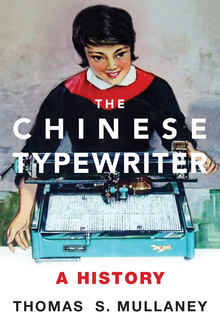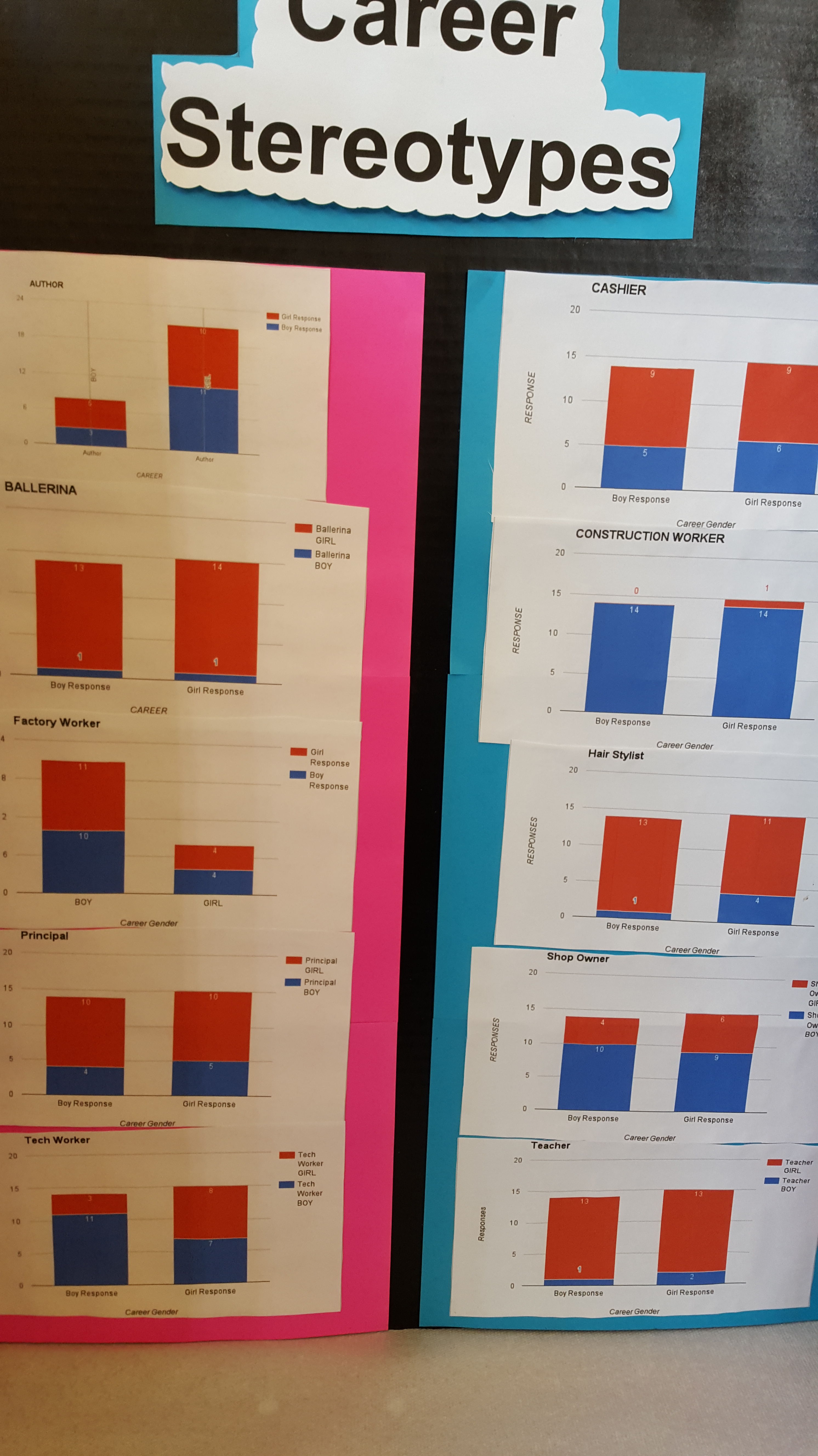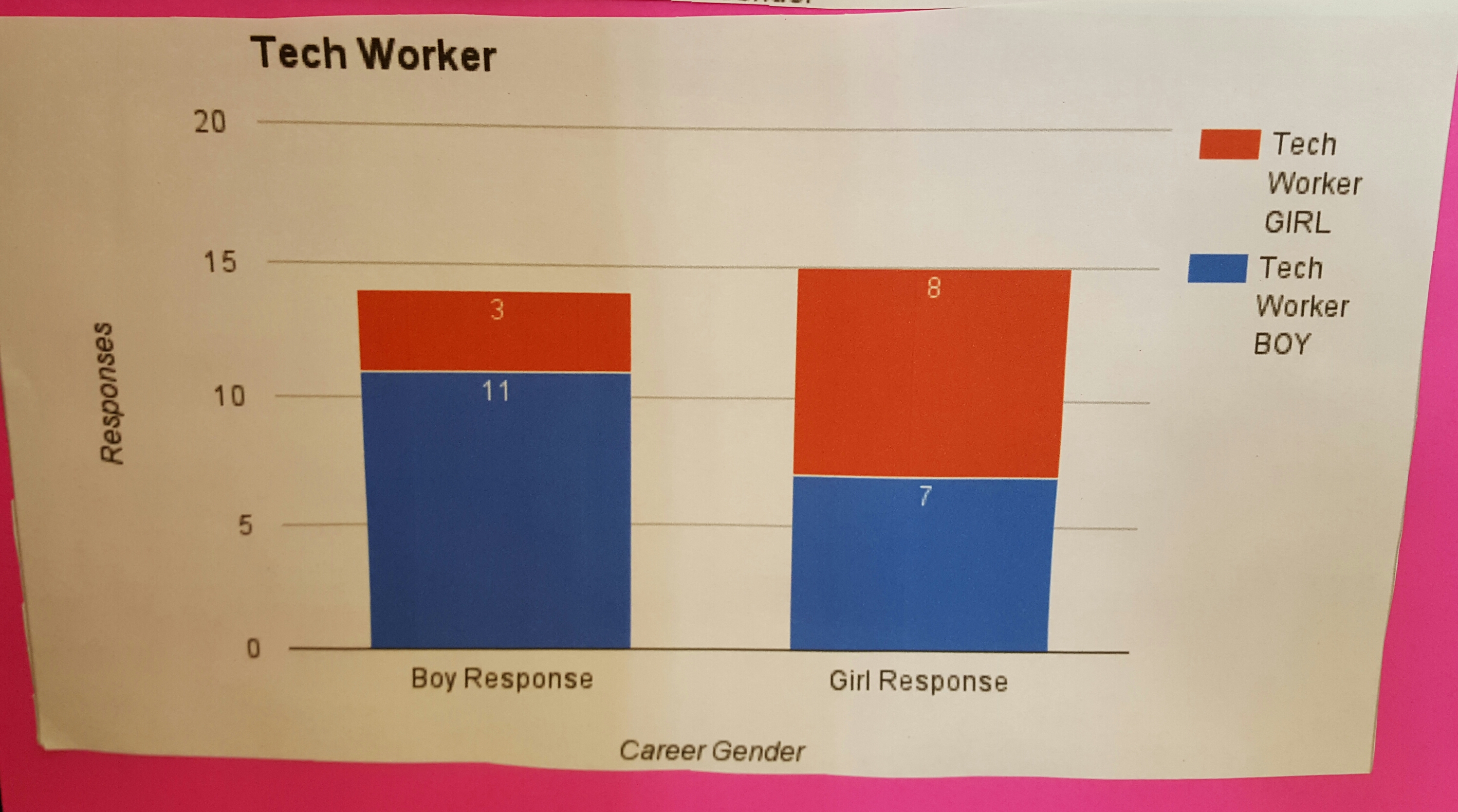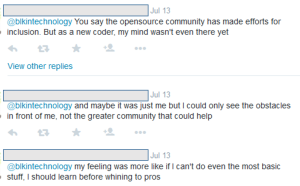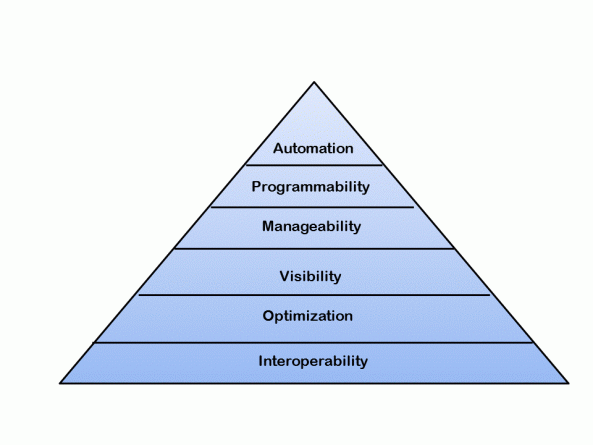Here’s a post for all the people who have hit the Burnout Wall, from someone who’s been picking a way over it since 2015. Yup, six years. I’m still limping down the far side, but I can finally say I’m over the crest. Really just in the last six months.

First, I know the tempting thing is to quit your job, and maybe your profession. Believe me, I know. I developed a rough-estimate price tag for a 6-month round-the-world tour for a family of 5 back in 2015, and my itinerary continues to get ever more fleshed out.
Here’s the thing: changing jobs even within your profession is tiring. When you’re healthy, NEW is exciting and energizing. When your battery is completely drained, it’s just more work. And when you’re a new employee, you’re expected to be EXCITED and ENTHUSIASTIC and eager to connect and build relationships with all the new people you’ll be meeting.
Do you have the energy right now to be excited and enthusiastic? In all likelihood, all the new people you’ll be meeting will be virtual intros on Zoom. As someone who changed jobs in April 2020, I’m here to tell you it’s a lot harder to develop full-fledged relationships with people outside of transactional, get-this-thing-done meetings when you can’t have coffee with them. It’s not impossible, by any means. I did it at remote-first Linux Foundation a few years back–but we occasionally met in person at events. The majority of my member colleagues were in my metro area, too. And they weren’t all burnt out and battling conflicting impulses to reconnect and hole up as hermits the way all of your current and potential colleagues are now.
Now, I’m not saying don’t look for a new job–the market’s great for seekers right now!–especially if you were already done w/your last one even before the pandemic, or if the pandemic has revealed unpleasant sides of your colleagues or employer you just can’t accept anymore. I’m just saying be honest with yourself about how much new energy learning to navigate a new organization and culture will require of you, and figure out how you’re going to find it.
* * * * *
Yesterday I saw this tweet: “If youre not rich, or have a wealthy spouse, how do you get out of tech…because im done” In the last few months I’ve also seen burnout threads about people going off to become auto detailers and mushroom farmers. Here’s the thing: there are very few professions that pay like tech does. If you have a family and corresponding financial obligations, shifting to a much lower-paying profession–especially if you don’t have a written-out plan for sharply reducing spending and managing whatever savings you have–is a pretty hard choice to make, one that is likely to bring all kinds of new and different problems. This is why I’ve just soldiered on through these past many years: why make things even harder, not just for myself but for my family? Why give myself less wiggle room, less margin for error? Have you ever noticed how many people are desperate to get into tech so that they can hopefully leave food and housing insecurity behind? I wish sabbaticals were a thing for more professions (honestly, why not all professions? Why not extend the acceptable use cases for FMLA?), but they’re not, so I’ve just muddled through.
The special thing about this moment is that everyone is tired. Everyone is burnt out. There is unlikely to be a better time as a worker to nurse yourself back to health than now, when employers are most likely to be understanding–either because they actually understand and appreciate that their employees are humans, or just because (and remember this, remember you have power) the job market is really, really hot, and companies who are jerks will be seeing a lot of turnover and have a hard time hiring. The nature of this moment, honestly, is part of why I’ve finally made it over the crest. (BTW–Red Hat is growing and hiring for all kinds of roles right now.) Possibly the only better option for treating burnout is to just not work at all for a while–but only if that won’t cause you financial stress.
* * * * *
So how do you get through the day when you just can’t? When I hit The Wall, I found there were some activities I just flat out couldn’t do anymore. One was writing. There’s a reason my last blog post was nearly 4 years ago. Sometimes it would take me an hour to write a three-line email, and then I’d be exhausted afterwards. So I’ve found my way to jobs where I don’t have to write much. A former boss introduced me to the concept of a “thought partner”. On my current team, I’m fortunate to have two of them. I can start talking and they capture my thoughts. Or vice versa. I’m not having to think and commit something important to writing at the same time–just one or the other. (This is important for me–a big part of my burnout stems from perfectionism, especially about writing. Taking away the opportunity to block myself before I start and just getting stuff down on paper makes all the difference.) And then we tinker and iterate together. It’s awesome. If there are specific things you just can’t do, but others that you can, see if you can’t shift your job responsibilities a bit, or find your way to a new job, possibly within your current employer.
Also–on that perfectionism thing–one of the things burnout has forced on me is ruthless prioritization. I’ve stopped feeling bad about the things that are at the bottom of the list. If they start bubbling back up to the top, I deal with them then. Better to do the important things reasonably well than half-ass absolutely everything. Other people likely learned this much earlier in life than I did. Better late than never.
Here’s another thing I’ve learned, and I hate it: we’re physical creatures. I hate it because I’ve happily lived most of my life as an embodied brain, the meat sack mostly being a distraction from more interesting intellectual pursuits. Now, I won’t say I’ve done anything extreme like <gasp> taken up regular exercise; but I have gotten serious about a hobby that involves extended amounts of standing and lots of tactile feedback. It also absolutely doesn’t matter if I ever excel at it. In trying to figure out how to not be completely terrible at it, I’ve found my way to a couple of nice communities of fellow hobbyists, and a couple of coaches. Low-effort, low-stakes connections like that have been a good way of venturing out of deep isolation. But there’s absolutely no timeline or requirement for being good at it. Embracing mediocrity and low-impact puttering has itself been a big healing step for me.
Getting outside and away from screens is also really good for your mental health. There are all kinds of studies that say so. Yes, that could be a 2-week backpacking trip off the grid in the nearest mountain range with peaks above 10,000 feet. Or it could be regular walks with your dog, and the occasional weekend trip to a completely flat trail that your 2-year-old won’t complain (too much) about. Vacation can help temporarily, but don’t let anyone tell you it’s a cure. It’s not. On the other hand, a regular habit of allowing totally unfocused mind-wandering mixed with absorption in a sensory activity is a good way of easing the strain on the parts of your brain you’ve habitually overworked. Over time you may find yourself making entirely new connections between things you never imagined belonged in the same brainspace at all. That’s exciting. You sprout new neurons. You begin generating emotional energy again. You start to heal.
There are no quick solutions (Six. Years. Okay?). It’s hard. But this is the rare moment when you, your colleagues, and your boss are all likely in more or less in the same boat. You can resolve to give yourself grace, and as much as you’re able, to do the same for others. Find a thought partner you can limp along together with, if you can. Hug your loved ones. Hug a tree. Breathe.
